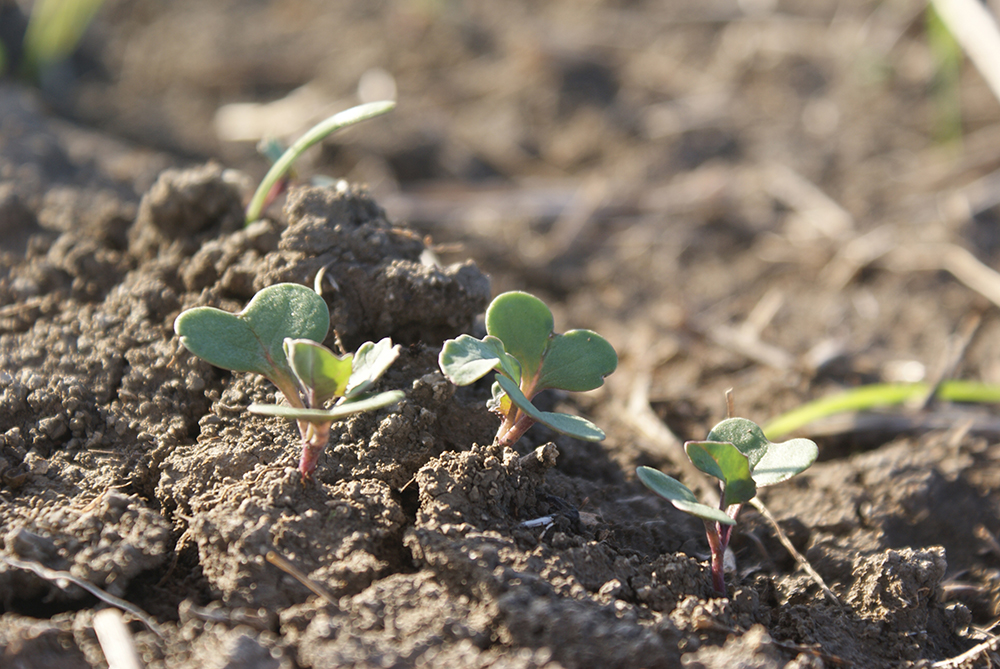Markets had a tepid response to news that the biggest crisis in the history of the canola industry has been resolved.
In fact, the initial response was that futures prices fell following the news that China is reinstating Richardson International and Viterra as approved exporters of the commodity.
On the surface it seems like a puzzling reaction. But dig a little deeper and it starts to make more sense.
“Part of the reason the market is not responding is we’re in the stratosphere and canola is still relatively expensively priced,” said Ken Ball, adviser with PI Financial.
Read Also

Europe holds promise for Canadian lentils
Pulse Canada is trying to help boost lentil consumption in Europe, which is already the fourth largest market.
Canola prices had reached a point where crush margins were unattractive, limiting demand for the crop. Margins are just now creeping back to “respectable territory,” said Ball.
That is why the China development didn’t spark a big rally. But it does certainly bode well for prices heading into the 2022-23 crop year.
Grain companies, industry groups and government officials were tight-lipped about the China news. They all issued news releases or statements saying they were pleased with the development but refused to provide further comment.
Ball gave his thoughts on China’s motivation for lifting the restrictions after three long years of trade purgatory for Richardson and Viterra.
“They don’t do these things just because they’re trying to be cordial,” he said. “They’ve got a reason behind it and the reason has something to do with their best interest, not our best interest.”
His best guess is that China is concerned about tight global vegetable oil stocks and wants to have more options for importing oilseeds.
MarketsFarm analyst Bruce Burnett agreed.
“I imagine that they’re looking to start a strong purchase program for seed when new crop arrives,” he said. “This would be in anticipation of that.”
Canada’s canola crop is going to be the first oilseed readily available to China. Ukraine’s oilseed production and exports are in serious doubt and the European Union is going to be crushing all its own rapeseed production.
Canola is a particularly attractive import option due to its high oil content. It can help China get more bang for its buck, said Burnett.
He anticipates strong demand out of China and from the European Union, which is going to be scrambling to replace Ukraine’s sunflower oil supplies.
But that doesn’t necessarily mean canola prices will move higher in the new crop year.
“It’s a hard thing to say when it’s at record levels,” said Burnett.
Ball is also forecasting strong demand for the 2022 canola crop.
“Prices for canola obviously are likely to stay elevated. What elevated is is hard to say though,” he said.
Is that $800 or $900 per tonne or today’s nearby futures values of close to $1,200 per tonne? Ball doesn’t know the answer.
Part of it could be contained in the supply side of the equation, which isn’t looking promising right now in Western Canada.
“It’s not the smooth spring we had hoped for,” he said.
“It’s not a disaster at this stage but about 30 to 40 percent of the Prairies is really struggling to get seeded.”
Only 19 percent of the canola crop was seeded in Saskatchewan as of May 16, which is well below the 10-year average of 50 percent.
Manitoba Agriculture reports that very little canola was planted on that province’s waterlogged fields as of May 17. Farmers are instead concentrating on planting longer-season crops or those more sensitive to seeding dates like peas, wheat and corn.
Farmers in Alberta had planted 29 percent of their canola as of May 17. Alberta Agriculture did not mention whether that was above or below normal but overall crop planting is slightly below normal for the province.
Burnett said the combination of strong demand and the potential for another supply-constrained crop means it is unlikely that canola prices are going to fall dramatically in the new crop year.
But it is still a long way from harvest and a lot can happen with the situation in Ukraine and weather conditions in Europe and Canada.
















